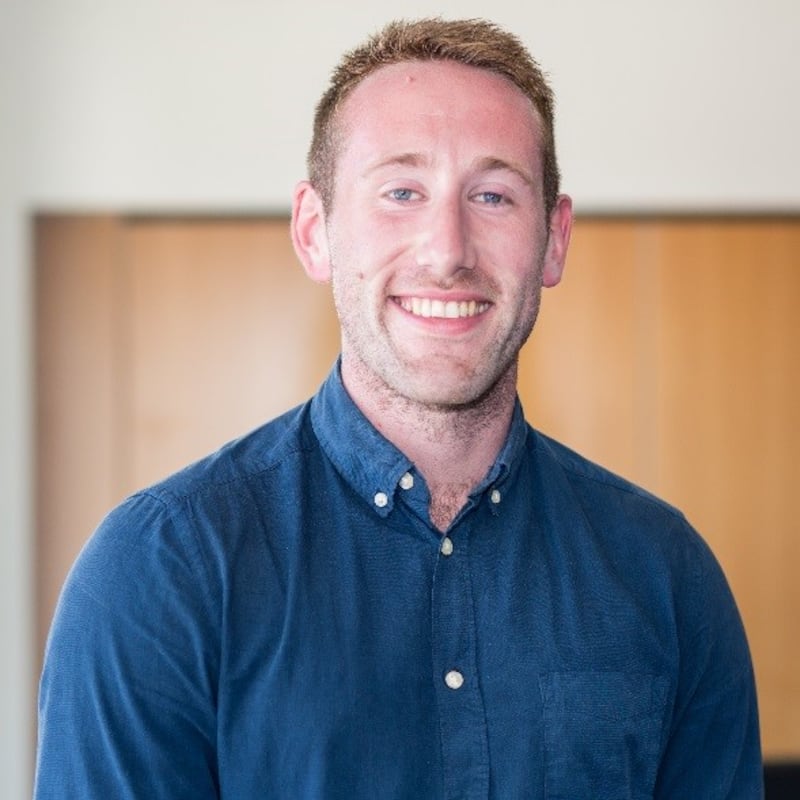John, part of your research looks at what happens to our bodies on prolonged bedrest – why?
Lying in bed continuously for a prolonged period results in loss of muscle mass, bone mineral density and other changes within the body that mimic what happens in ageing and also throughout spaceflight.
As such the research we do is supported by Enterprise Ireland and the European Space Agency (ESA). The goal is to see what happens at a cellular level during prolonged bedrest, which is key to help find ways to counteract such undesired changes.
What is involved in prolonged bedrest studies?
In the bedrest studies people lie for weeks in a test facility in France, tilted with their heads down and unable to sit up any reason. We analyse samples of their blood and muscle over time.
What kinds of changes do you see?
We look at metabolism, and in particular we measure how bedrest alters our fuel selection for energy, a process highly controlled by organelles within the cell known as mitochondria. Under normal circumstances these dynamic mitochondria fuse and divide consistently, adapting to the energy needs of the body.
We found that prolonged bedrest of 21 days leads to a decrease in their fusion, resulting in smaller, more fragmented mitochondria, something which could help explain the change in the way our body uses energy during prolonged bedrest.
Are you figuring out how to improve matters?
Yes, our lab and our collaborators within the ESA found that if people used resistance vibration exercise to work their muscles as they lay in bed for 21 days, their mitochondrial fusion and ability to process sugars were better than if they didn’t do such exercise, improving their overall health.
We have also just completed an experiment where people in bedrest for 60 days took a daily cocktail of anti-oxidants and anti-inflammatory compounds of selenium, polyphenols, Omega-3 fatty acids and vitamin E. We are now looking to see what kind of impact that had.

What’s the most interesting thing you have done in your PhD?
I think it was working on muscle samples from brown bears in the forests in Sweden, to look at metabolic changes between hibernation and non-hibernation.
Thankfully I didn’t have to catch the bears though. A team of rangers and vets tranquillised the bears and collected the samples, then they rushed the samples over to us researchers by helicopter and we worked on them in a little lab in a house by the woods. In that study, we noted differences in the bear mitochondria between summer and hibernation, and are now trying to understand such interesting findings.
You recently won the student category of the DCU President’s Award for Engagement, well done – how did that feel?
To be honest it was surreal! I was delighted just to be nominated. In my spare time I like to engage in scientific outreach through talks and presentations on space and ageing and I work closely with the Feed Our Homeless charity in Dublin. I’m also a deputy group leader of my local Scout unit.
When Prof Brian MacCraith announced I was the winner in the online ceremony, I had to play it back to make sure it had actually happened.
How was lockdown for you?
I was supposed to finish my PhD in June, but my supervisor, Associate Professor Donal O’Gorman, arranged for an extension until December because the lab work was significantly disrupted.
Lockdown helped me get a lot of the project written up, and now I am back finishing up the final pieces of lab work. In that respect, lockdown was useful, because it got me out of the lab so I could write a big chunk of my thesis.













